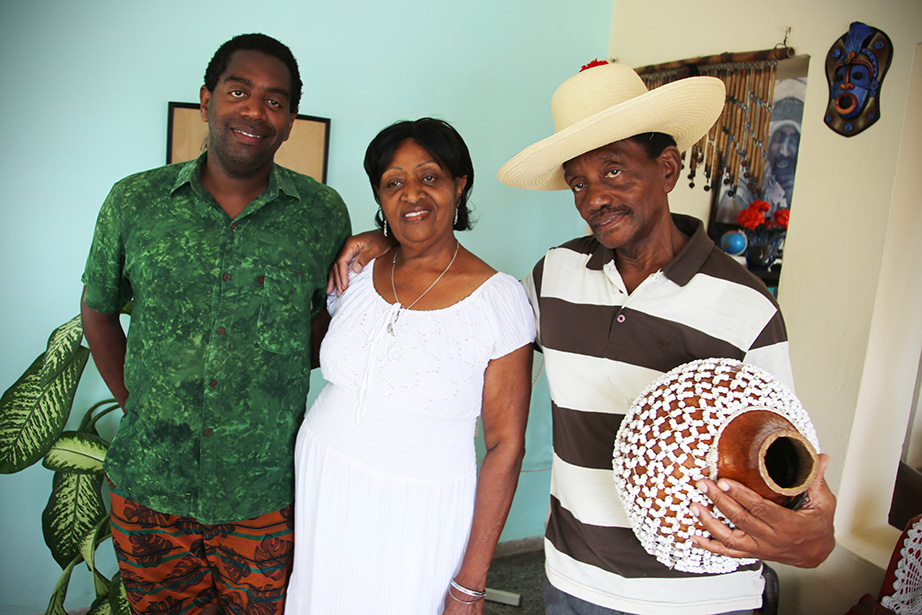The Harvard Portraiture Exhibit stands as a vibrant showcase of courage in art, illuminating the powerful narratives of those who have historically been overlooked. Anchored by the profound work of artist Robert Shetterly, this exhibit not only features his compelling portraits but also those from the Harvard Foundation Gallery, underlining a commitment to inclusivity and representation. As part of this initiative, the display engages with themes such as gender equity in the arts and the significance of civil rights portraits, inviting viewers to reflect on the transformative impact of these figures. By merging artistic expression with advocacy, the Harvard Portraiture Exhibit encourages dialogue about societal change and the importance of recognizing diverse voices. Through this celebration of artistic storytelling, visitors are challenged to see beyond the canvas and understand the deeper messages of hope and resilience that each portrait conveys.
The Harvard Portraiture Exhibit serves as a dynamic platform for artistic expression that champions the narratives of underrepresented individuals. This exhibition not only reflects Robert Shetterly’s artistic contributions but also emphasizes the collaborative efforts of the Harvard Foundation Gallery in promoting gender equity within the arts. By featuring civil rights figures through portraiture, the exhibit invites audiences to engage with themes of social justice and the courage required to challenge societal norms. It highlights the importance of representation in art, fostering a deeper connection between the viewer and the subjects depicted. Ultimately, the exhibit becomes a conduit for conversations about change, inspiring a renewed appreciation for the stories that shape our understanding of history and humanity.
The Impact of Robert Shetterly’s Portraits
Robert Shetterly’s portraits are more than just visually striking works of art; they are powerful narratives that convey the lives and struggles of courageous individuals. In his acclaimed series, “Americans Who Tell the Truth,” Shetterly takes on the monumental task of painting figures who have made significant contributions to civil rights and social justice. Each portrait is meticulously crafted to highlight the unique qualities and struggles of its subject, encouraging viewers to engage with the history of activism and advocacy in the United States. Shetterly’s work not only showcases these influential figures but also serves as a reminder of the importance of their messages, thereby fostering a deeper understanding and appreciation of civil rights movements throughout history.
The portraits, situated beautifully within spaces like the Harvard Foundation Gallery, invite viewers to spend time contemplating both the art and the stories behind each figure. The aim is to provoke thought around themes of courage and moral integrity, compelling individuals to reflect on their own roles in promoting social change. As Brenda Tindal eloquently noted, the bravery displayed by those represented in the portraits is paramount, igniting a form of conversation that connects audiences across generations. By addressing the relevance of these historical figures today, Shetterly’s portraits challenge viewers to consider how they can embody similar courage in their own lives.
Frequently Asked Questions
What is the Harvard Portraiture Exhibit and its significance?
The Harvard Portraiture Exhibit, notably featuring Robert Shetterly’s work, showcases powerful portraits that amplify overlooked voices and engage with themes of courage, social justice, and change. It highlights the contributions of diverse individuals, particularly women and civil rights figures, within the Harvard Foundation Gallery, underscoring the importance of representation in art.
How does Robert Shetterly’s portraiture contribute to the theme of courage in art?
Robert Shetterly’s portraits convey stories of individuals who exemplify courage in their respective fields. Through his art, he captures moments of resistance and social change, aligning with the exhibition’s mission to highlight ‘courage in art.’ Each subject painted by Shetterly serves as an inspiration, encouraging viewers to reflect on their own role in advocating for social justice.
What can visitors expect to see at the Harvard Foundation Gallery’s Portraiture Project?
Visitors to the Harvard Foundation Gallery can explore the Portraiture Project, featuring works by Robert Shetterly and others, focusing on civil rights portraits and significant figures in history. The exhibit promotes gender equity in the arts by showcasing the achievements of women and marginalized voices, inviting meaningful conversations on representation and advocacy.
What role does the Harvard Foundation Portraiture Project play in promoting gender equity in the arts?
The Harvard Foundation Portraiture Project plays a crucial role in promoting gender equity in the arts by consciously choosing to highlight female changemakers and activists through its exhibitions. By featuring the works of artists like Robert Shetterly, the project underscores the importance of diversity and representation in art, fostering a broader dialogue about gender equity in society.
How did the collaboration between Robert Shetterly and the Harvard Foundation begin?
The collaboration between Robert Shetterly and the Harvard Foundation began in response to a shared desire for social change. In 2002, Shetterly initiated his ‘Americans Who Tell the Truth’ series while the foundation aimed to enhance representation on campus. Their joint efforts culminated in the Harvard Portraiture Exhibit, which intertwines the narratives of courage and advocacy in art.
What impact did Robert Shetterly’s artwork have on viewers at the exhibit?
Robert Shetterly’s artwork at the Harvard Portraiture Exhibit has a profound impact, as it encourages viewers to engage deeply with the portraits and the stories behind them. By integrating quotes into the artwork, Shetterly invites attendees to reflect on the words of the portrayed individuals, fostering an emotional connection and prompting discussions around courage, justice, and representation.
Why are quotes included in Robert Shetterly’s portraits at the Harvard Portraiture Exhibit?
Quotes are included in Robert Shetterly’s portraits to enhance the storytelling aspect and encourage viewers to contemplate the messages of the individuals portrayed. This technique also helps create a more intimate experience, as the words resonate with the visual representation, making the subject’s courage and impact even more relatable to the audience.
| Key Point | Details |
|---|---|
| Exhibit Overview | Spotlights the work of Robert Shetterly and the Harvard Foundation to elevate overlooked voices through portraiture. |
| Purpose of Portraits | Uses portraiture as a storytelling medium to advocate for social justice and inspire change. |
| Highlighted Figures | Features portraits of changemakers, including Rosa Rios, Pauli Murray, and Sherrilyn Ifill. |
| Artistic Approach | Shetterly’s technique includes incising quotes into wood panels for a deeper connection with the subject. |
| Audience Engagement | Encourages viewers to spend more time with art and reflect on the messages conveyed. |
| Cultural Impact | Discusses how gender equity and representation are intertwined with societal progress in the arts. |
Summary
The Harvard Portraiture Exhibit stands as a compelling tribute to the courage and resilience of often-overlooked figures in history. Through the powerful lens of portraiture, this exhibit not only showcases the artistic mastery of Robert Shetterly and his collaborators but also serves as a call to recognize and amplify diverse voices that have shaped social justice movements. By inviting visitors to engage deeply with the art and the stories behind it, the exhibit fosters a meaningful conversation about representation, advocacy, and the shared responsibility of pursuing equity in society. Each portrait reflects a narrative of hope and change, making the Harvard Portraiture Exhibit a pivotal exploration of identity and heritage in contemporary culture.



